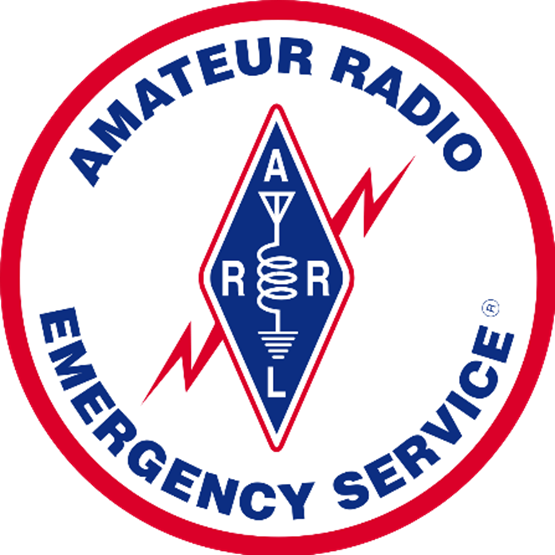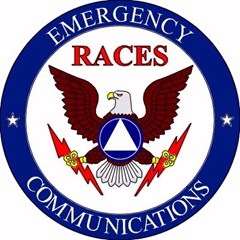Emergency service programs are a staple of the Amateur Radio community. There can be some confusion about the roles of the Amateur Radio Emergency Service® (ARES), which is the ARRL branch of emergency services, and the government branch known as the Radio Amateur Civil Emergency Service (RACES). This article will discuss the similarities and differences in the programs and hopefully help you decide how you would like to become involved.


According to the ARRL website:
ARES is activated before, during and after an emergency. Generally, ARES handles all emergency messages, including those between government emergency management officials. RACES, on the other hand, almost never starts before an emergency and is active only during the emergency and during the immediate aftermath if government emergency management offices need communications support. RACES is normally shut down shortly after the emergency has cleared.
There are some places that combine ARES and RACES into one team (for example, in Hillsborough County, Florida and the Wayne Radio Amateur Emergency Team in Wayne, New Jersey.
Any licensed amateur can volunteer for either organization. For ARES, an amateur operator must register with their local ARRL Emergency Coordinator. For RACES, the amateur operator must enroll with a local civil defense organization.
From the ARRL:
A station operating under RACES may only communicate with:
- A RACES station licensed to the local civil defense organization
- Other RACES licensees
- Certain amateur stations registered with civil defense organizations
- Certain U.S. government stations authorized by the responsible agency to communicate with RACES stations
- Stations in a service regulated by the FCC when authorized by the FCC [97.407(d)].
RACES
RACES members may transmit only messages related to:
- Impending danger to the public or affecting national defense during emergencies
- The immediate safety of individuals, the immediate protection of property, maintenance of law and order, alleviation of human suffering and need, and combating armed attack and sabotage
- The dissemination of information to the public from a local civil defense organization or other government or relief organization
- Communications during RACES drills [97.407(e)]. Panel RACES drills and tests can’t exceed a total time of one hour per week. With proper authorization, such drills and tests may be conducted for a period not to exceed 72 hours and such drills can occur no more than twice in a calendar year [97.407(e)].
These rules aren’t there to restrict amateurs unduly, but to protect the Amateur Radio Service from non-amateur abusers. The drill time limits were implemented in 1976 because, among other things, local government land mobile communications operators were using the amateur service improperly. RACES operation is conducted by amateurs using their own primary license call sign and by existing RACES licensees who hold RACES licenses. Club and military recreation stations are also eligible if authorized by a civil defense organization locally with the appropriate control operator [97.407(a)].
ARES
ARES consists of licensed amateurs who have voluntarily registered their qualifications and equipment with their local ARES leadership for communications duty in the public service when disaster strikes. There’s nothing in FCC Part 97 rules about ARES specifically. ARES operators are bound by all applicable Part 97 rules, but aren’t bound by the specific emergency rules as specified in §97.407 for stations operating under RACES. If you are operating under ARES, you can use your own license and call sign or any other call sign authorized by a given control operator. A station operating in ARES may communicate with any amateur station. Further, there are no specific limits on ARES drills and tests.
Questions? Share them in the comments below or email me at KE8FMJ@arrl.net.

